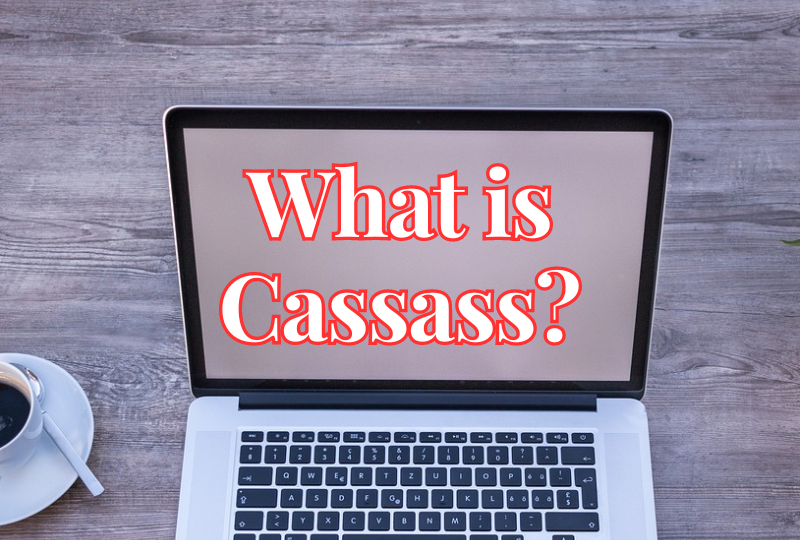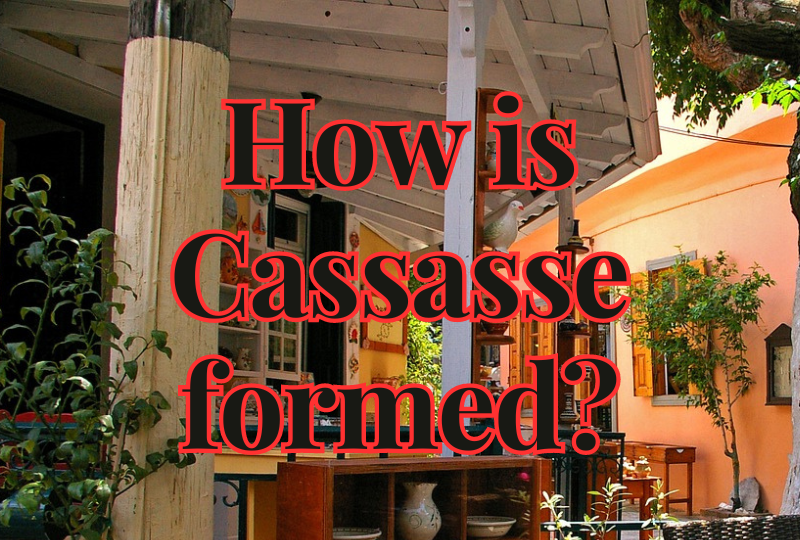FOR SALE
+92-300-1900991
FOR SALE
+92-300-1900991


Have you ever heard of cassasse? If not, you’re not alone. cassasse is one of the most interesting but underrated products in the world. Forget quinoa and cabbage, castass is the next big superfood you need to know. Cassassé, also known as the ackee fruit, is native to West Africa but has been cultivated in Jamaica for over 200 years. Don’t be fooled by the strange, spiky look. Inside these pods is a soft, creamy flesh with a mild, nutty-buttery taste. Cassass is rich in nutrients such as protein, healthy fats, and vitamin C. The best part is that castass can be prepared in a variety of ways. It can be fried, boiled, baked, grilled – the possibilities are endless. Once you’ve tasted kasassé, your taste buds will thank you. Discover this tropical delicacy and impress your friends with your cooking skills. Your life has become a little more interesting, and it’s all thanks to Cassass.
Read More: What is õygen ?
Cassassé, also known as akahu or mahogany cashews, has a long and rich history. Native to the Caribbean and parts of Central and South America, cassassa trees have been prized for centuries for their dense and durable wood.
The Taino and Arawak peoples used the wood of the Manikassa to build canoes, houses, and furniture. When Spanish explorers arrived here in the 1500s, they realized the value of wood and casss became a major export. Shipbuilders loved its strength and wear resistance and used it to build transatlantic ships.
Cassassa wood is still popular today for flooring, boat building, musical instruments and high-end furniture. However, due to overfishing, cassate trees are now considered an endangered species. Most of the cassava sold today is harvested from ancient structures, sunken logs or from private farms according to strict regulations.
Although cassava wood and nuts have a long history of use, the manicassa fruit itself is often overlooked. The mango-sized, leathery fruit has a spicy-nutty flavor and is rich in nutrients such as vitamin C, calcium and iron. Indigenous peoples have been using manicassa fruit for centuries to make wine, jams, juices, and medicinal tonics.
From canoes to furniture to tropical fruits, Cassas is intertwined with the history, culture, and daily lives of the people of Latin America and the Caribbean. Whether it’s sustainable wood or nutritious fruit, cassis remains an important natural resource and deserves our protection.
Read More: counter.wmail-service.com

Cassass is a traditional Caribbean dessert that has been enjoyed for generations. The name “Casass” derives from the French word “caisse”, which means box or coffin, as the dessert is traditionally prepared in a wooden box lined with banana leaves. This sweet treat is made with simple ingredients like cornmeal, coconut, spices, and sugar, but it’s the cassa-making process that makes it truly unique.
Step 1: Prepare the box
The first step in making cassava is to prepare the wooden box that will be used to make it. Clean banana leaves should be used to line the rectangular box. Depending on how many cassassi you plan to create, the box’s size may change.
Step 2: Soak cornmeal
Cornmeal is an important ingredient in cassaßé and needs to be soaked before being added to other ingredients. In a large mixing bowl, mix the cornmeal with the water until a thick, paste-like consistency forms. This mixture should then sit for at least an hour to soften the cornmeal.
Step 3: Make Coconut Milk
Coconut milk adds richness and flavor to cassace. To make coconut milk, grate fresh coconuts (or use store-bought coconut flakes) and place them in a saucepan filled with water. Bring the water to a boil over medium heat, then remove from the water.
Shopping Now: Velvet Fancy Khussa
Understanding Casass goes beyond a simple definition. This has important implications for how we perceive the world around us.
Developing empathy
Cassass encourages us to put ourselves in the shoes of others and realize that their experiences are intertwined with our own. This empathetic perspective can lead to more harmonious relationships and a greater sense of community.
Concern for the environment
At a time when environmental concerns are at the forefront, cassasse reminds us of our connection to nature. It instills a sense of responsibility for the planet we share.
Personal development
On a personal level, taking Cassass can lead to personal growth and self-knowledge. Recognizing our connection to others can foster empathy, compassion, and a deeper understanding of ourselves.
Q: How can I apply the Cassasse concept to my daily life?
Cassasse is about recognizing the connections between all things. To apply it to your life, start by practicing empathy, being aware of your impact on the environment, and developing your personal growth through introspection.
Q: Is it possible to meet Cassass in different cultures and religions?
Yes, Cassass or similar concepts of connectedness can be found in various cultures and religions around the world. It is a global idea that knows no borders.
Q: Are there any famous artworks depicting Cassass?
Yes, several well-known artists have incorporated the idea of Casass into their work. Look for pieces that convey the idea of connection and unity.
Q: “Does Cassass have anything to do with the concept of unity?”
Yes, Cassass is closely associated with the idea of unity. Both concepts emphasize the unity and interconnectedness of all things in the universe.
Q: How can I deepen my understanding of Cassass?
To deepen your understanding of Cassass, you’ll study philosophical texts, participate in intellectual exercises, and immerse yourself in art and literature that grapple with the concept.
Q: Where can I find more information about Cassasse?
You can find more information about Cassass in books, articles, and online communities that focus on philosophy, spirituality, and connectedness.
To sum up, Cassasse is a complex idea that challenges us to consider how everything is related. The idea that we are all a part of a larger whole is something that is emphasized in philosophy, spirituality, and art. Adopting the tenets of Cassasse will help us cultivate compassion, awareness of the environment, and personal development, which will finally result in a more peaceful way of life.